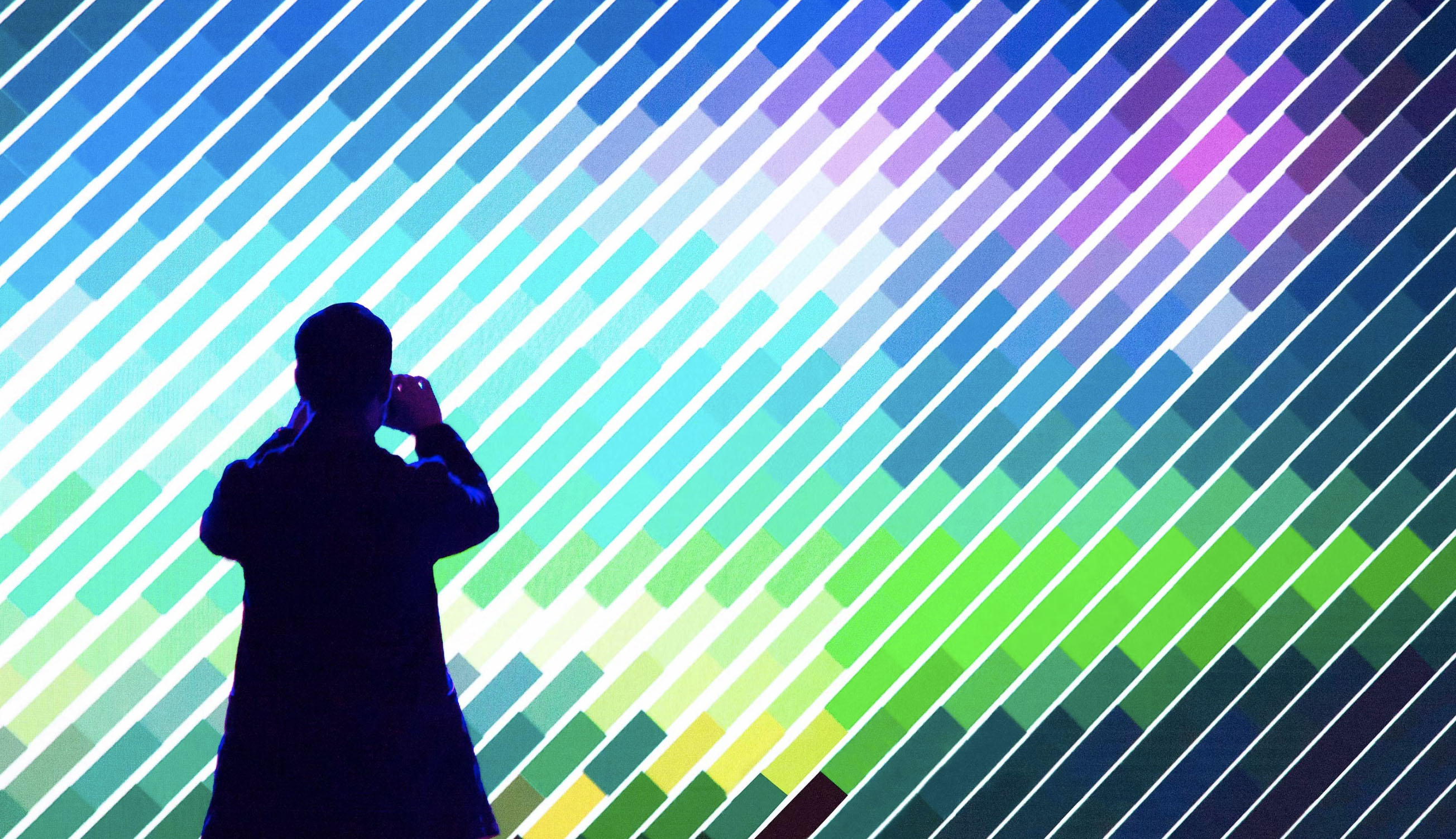
The future of brand design will be shaped by several key trends and innovations. Here are some of the major directions for brand design development:
1. Digital Integration and Cross-Platform Consistency
With the growing importance of digital platforms, brand design will focus more on maintaining consistency across multiple touchpoints. This goes beyond visual design and includes user experience and interaction design. Brands need to ensure a seamless experience across websites, mobile apps, social media, virtual reality (VR), and augmented reality (AR).
Trend: Design must adapt to various digital mediums while ensuring consistency across platforms.
Challenge: Different platforms have unique design requirements, demanding designers to have a strong understanding of diverse media and technologies.
2. User Experience-Driven Design (UX Design)
User experience (UX) is now an essential component of brand design. Beyond aesthetics, brands will focus on creating user-centric designs that combine functionality and beauty. This approach ensures that consumers have a smooth and enjoyable experience when interacting with the brand.
Trend: Shifting from pure visual design to UX design, where user satisfaction is prioritized through detailed interaction design.
Challenge: Designers need to balance aesthetics with usability, requiring a deep understanding of user behavior and interaction.
3. Sustainability and Eco-Friendly Design
With increasing environmental awareness, brands will place a stronger emphasis on sustainable design. From material choices to overall design practices, brands will consider eco-friendly options, like recyclable or biodegradable packaging materials.
Trend: Green and low-carbon design will be crucial, especially in packaging.
Challenge: Balancing sustainability with aesthetics and functionality will require creative solutions from designers.
4. Personalization and Customization
Consumers are demanding more personalized experiences. Future brand design will cater to individual preferences, offering customizable experiences where users can engage with and even influence brand elements.
Trend: Brand design will shift towards offering personalized experiences, driven by data and customer feedback.
Challenge: Designers must maintain brand consistency while allowing flexibility for personalized elements.
5. Emotional and Experiential Design
Emotional engagement will play a key role in brand design. Brands that connect with consumers on an emotional level will build stronger loyalty. Designers will focus on crafting experiences that resonate emotionally through colors, textures, and interactions.
Trend: Emotional and experiential design will become essential in creating memorable brand experiences.
Challenge: Embedding emotion into design while maintaining the core brand identity will require careful execution.
6. Cultural Diversity and Global-Local Balance
As brands expand globally, they must also address diverse cultural contexts. Brand design will need to strike a balance between global consistency and local relevance to resonate with different audiences worldwide.
Trend: Global brands will focus on inclusive design, adapting their identity to diverse cultures while maintaining core elements.
Challenge: Ensuring global coherence while respecting local cultures and preferences will require adaptability in design.
7. Data-Driven Design
With the rise of big data and artificial intelligence, future brand design will be more data-driven. Designers will leverage consumer behavior insights, trends, and feedback to inform design decisions. This approach will allow brands to fine-tune their visual identity based on actual user preferences.
Trend: Brand design will increasingly rely on data analytics to optimize design decisions and enhance brand effectiveness.
Challenge: Designers will need to develop analytical skills to combine data insights with creative thinking.
8. Dynamic Brand Identities
Static brand logos are being replaced by dynamic, flexible identities. With the evolution of digital media, brands will adopt adaptive logos and design systems that can evolve and respond to different contexts.
Trend: Dynamic, responsive logos will become more common, allowing brands to be more flexible and relevant across digital platforms.
Challenge: Maintaining brand recognition while introducing dynamic elements that enhance the brand’s visual appeal.
9. Minimalism with Purpose
Minimalist design will continue to thrive, but with a stronger focus on purpose. Brands will strive for clarity, simplicity, and functionality, while ensuring their message is impactful and easily understood by consumers.
Trend: Purpose-driven minimalism, where each design element serves a clear function, will dominate brand aesthetics.
Challenge: Avoiding over-simplification that might dilute the brand’s identity or fail to convey a strong message.
10. Immersive and Interactive Experiences
Technologies such as AR, VR, and 3D design will create new ways for brands to engage with consumers. Immersive and interactive brand experiences will become increasingly popular, allowing consumers to explore and interact with the brand in unique and meaningful ways.
Trend: Immersive brand experiences will grow, utilizing new technologies to engage users more deeply.
Challenge: Designing for immersive experiences will require a blend of creativity and technical expertise to execute effectively.
Conclusion:
The future of brand design lies at the intersection of creativity, technology, and user-centric approaches. Brands will need to embrace flexibility, sustainability, and emotional engagement to stay relevant and resonate with diverse, digitally savvy consumers. By combining data insights, personalized experiences, and cutting-edge technologies, future brands will craft innovative, memorable, and meaningful designs that build lasting connections with their audiences.





